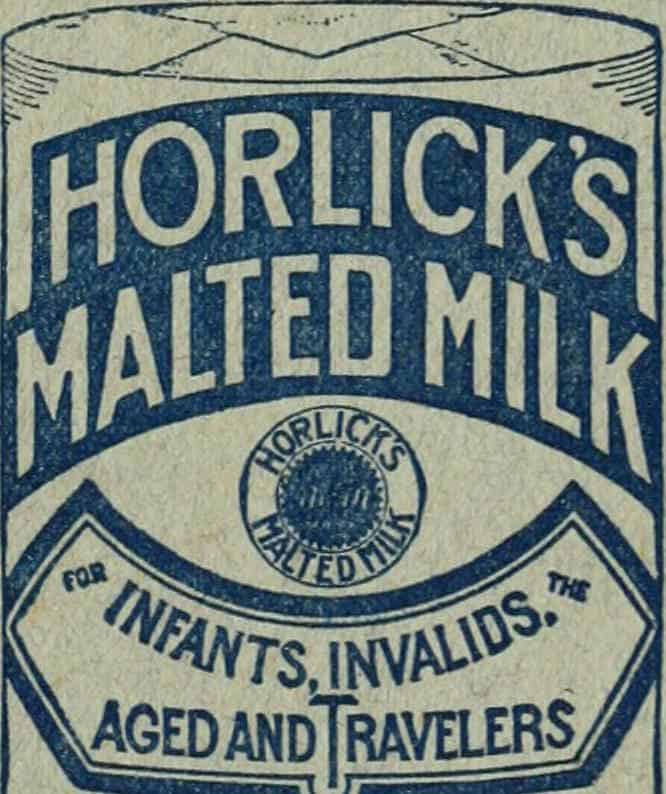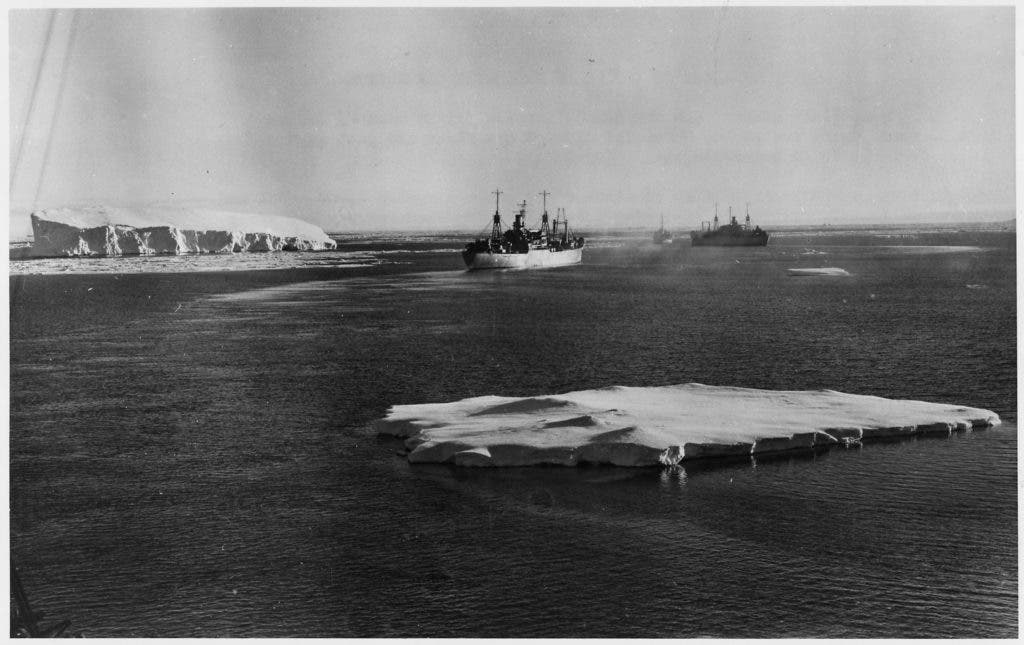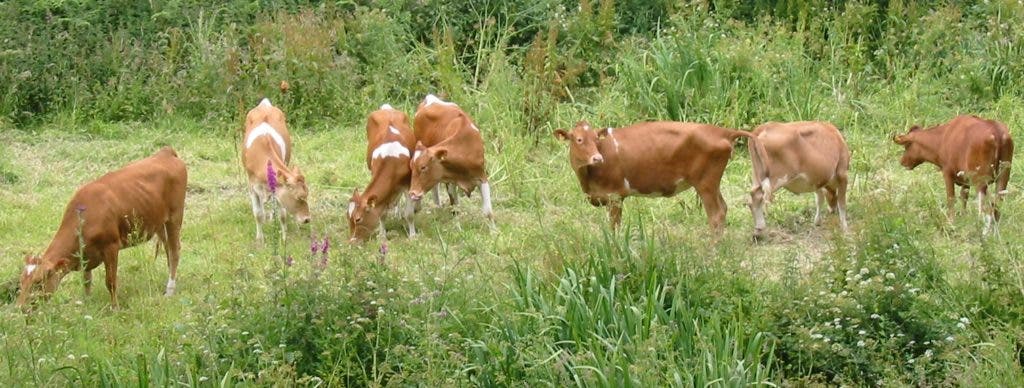The Antarctic is a frigid, barren landscape that few living creatures are able to survive on. The list of inhabitants is quite short, including penguins, 67 species of insects, seals, and researchers. It’s perhaps the last place on earth that you would expect to see a cow. Now all non-native species are prohibited on Antarctica but in the past explorers brought all sorts of animals, including sheep, hedgehogs, ponies, and pigs. In 1933, the US Admiral Richard E. Byrd decided to take three cows with him on his second expedition to the Antarctic.
A paper recently published in the Journal of Colonialism and Colonial History explores the real reasons behind bringing these cows to the Antarctic, and it wasn’t just for the milk.
Milk
The explorers claimed the reason that they were taking the three cows was to have fresh milk. In the 1930s fresh milk was viewed as being healthy and necessary, as well as symbolically connected to purity and the good old American identity. But did every explorer bring a dairy cow with him then? Of course not. Bringing so much food and the materials for keeping them and milking them was not practical. Most previous explorers, such as Ernest Shackleton, has taken powdered or malted milk and it was fine—it has the same nutritional content.

The expedition was actually sponsored by Horlick’s Malted Milk. Image credits: Internet Archive Book Images.
Media
One of the main reasons that Byrd brought the cows along was for media attention. “Firsts” were highly covered in the media. The Byrd was able to attract sponsors by featuring them in the media coverage, so having more coverage meant more money for his expeditions. Byrd was also a bit sneaky and brought along a pregnant cow which gave birth in the Antarctic Circle. The calf was called Iceberg and became more famous than Byrd himself. The expedition and cows were in the media regularly the whole year that they were there. They were welcomed back as celebrities (except for the one cow that died of frostbite) and met with politicians, ate hay at fancy restaurants, and made the front pages of newspapers.

A U.S. expedition to the Antarctic. Image credits: U.S. National Archives and Records Administration.
Land
Another reason that the cows came along could be that the USA wanted to claim territory on Antarctica. According to the Hughes Doctrine, a claim had to be based on settlement and not discovery alone. By “farming” on Antarctica, one could say that he was settling it. It also brings to mind the quintessential image of frontier America, with farmers heading westward on wagons to set up their farms. In the end, the USA never made a claim to Antarctic land.
So that’s the story of how three dairy cows became Antarctic explorers for a year.
Journal reference: Leane, E. & Nielsen, H. E. “American Cows in Antarctica: Richard Byrd’s polar dairy as symbolic settler colonialism.” Journal of Colonialism and Colonial History, vol. 18 no. 2, 2017. Project MUSE, doi:10.1353/cch.2017.0024










